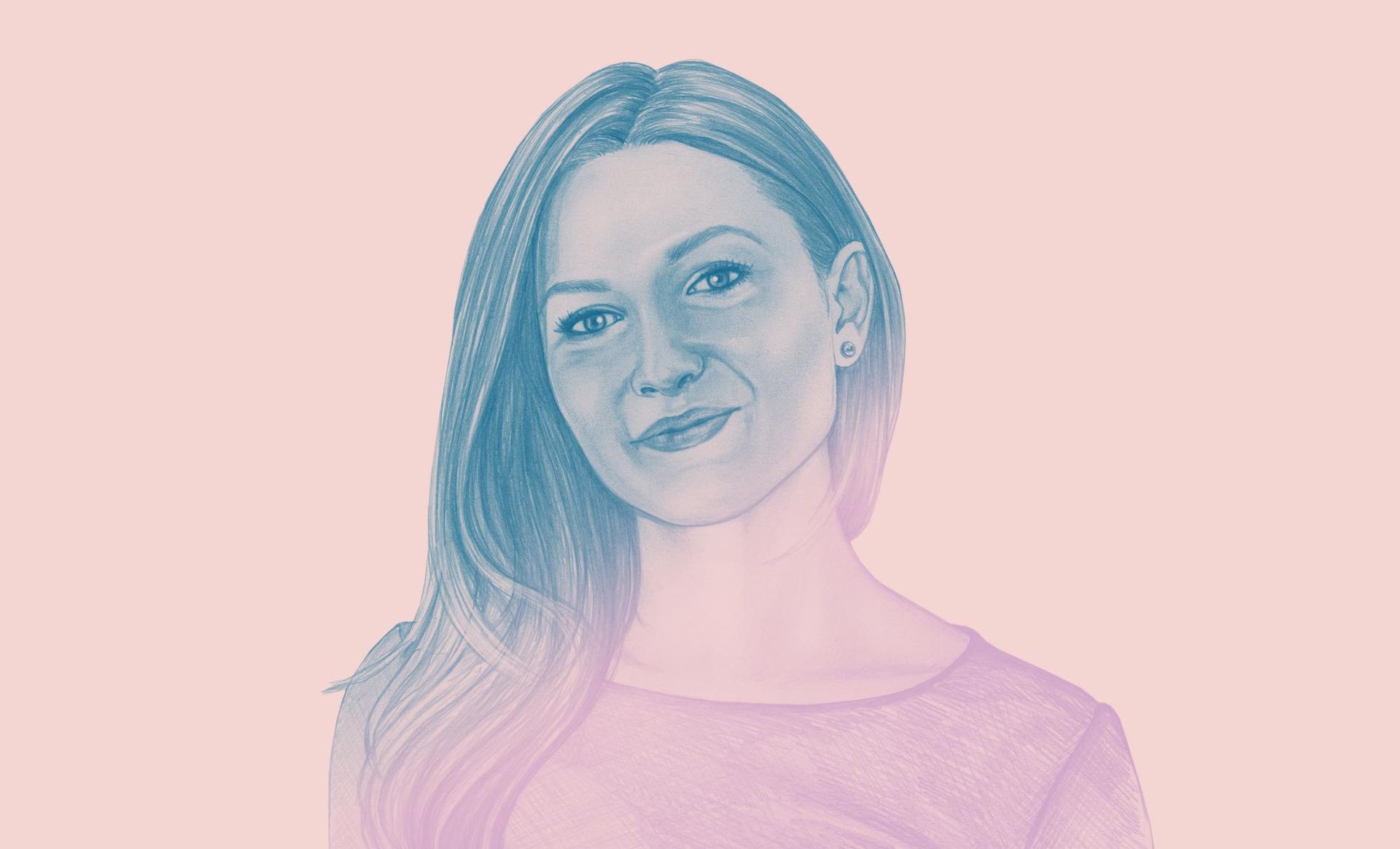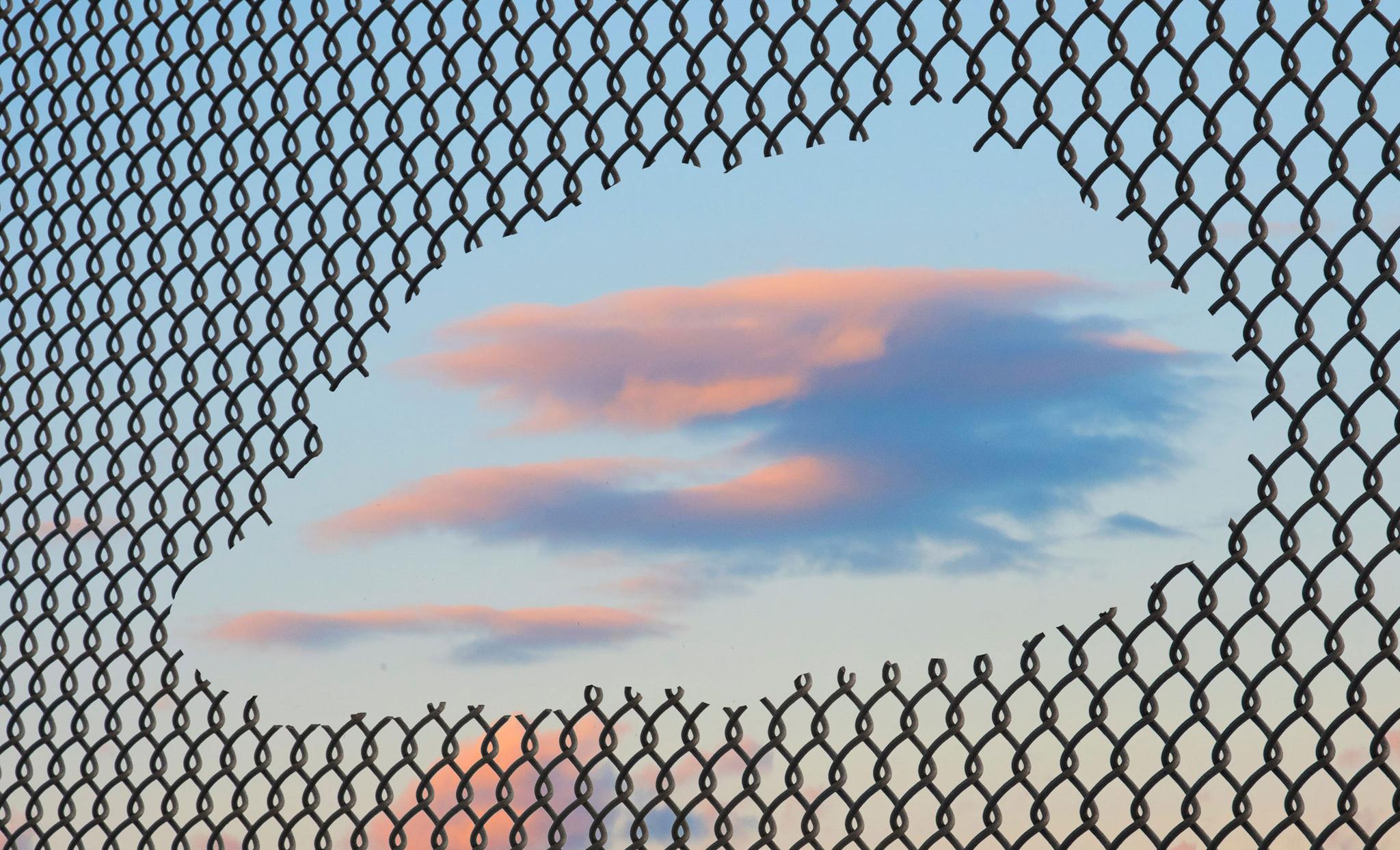
Money Diaries
How an Artist Balances the Practical (Money) With the Surreal
The artist, photographer and Instagram phenomenon KangHee Kim did all of the original photography for Wealthsimple Magazine. Here she talks about how being an immigrant affects her art.
Wealthsimple makes powerful financial tools to help you grow and manage your money. Learn more
Wealthsimple is an investing service that uses technology to put your money to work like the world’s smartest investors. In “Money Diaries,” we feature interesting people telling their financial life stories in their own words.
When I moved with my mother and brother from Seoul to New York, in 2005, I was 14. We moved to Great Neck, in Long Island, where 90% of the population was really well off. My classmates had really expensive cars. They had Gucci handbags as school bags. And their houses were enormous. I sometimes thought, “Why can’t I have this?” And then I realized: If I want something, and I get it, I’ll just want more and more. So I was like, “I don’t need this. What’s the point?” I didn’t want to have something just to show off. I was interested in doing what I was doing, not in getting caught up with consumption.
My family was upper-middle-class, but my parents didn’t really talk about money. My dad was a high-school math teacher and my mom was a nurse. She was very modest, I guess. She would spend money on education but she wouldn’t splurge.

My dad became the CEO of an educational institution soon after we moved, and he stayed in Seoul to support our family. He’s an amazing father — he never complains, and he never put pressure on us to think about money. He allowed us to focus on whatever we liked to do.

Sign up for our weekly non-boring newsletter about money, markets, and more.
By providing your email, you are consenting to receive communications from Wealthsimple Media Inc. Visit our Privacy Policy for more info, or contact us at privacy@wealthsimple.com or 80 Spadina Ave., Toronto, ON.
So it was sort of shocking when, three months before I graduated from Maryland Institute College of Art, in Baltimore, my parents said, “You know that as soon as you graduate, you’re in charge of your own living expenses, right?” I was like, “Huh?” They had never mentioned this before, and they had been fully supporting me. They always said, “Keep doing what you’re doing.” So I majored in painting!
I was like, “What am I going to do?!?” I applied for a job as a designer in New York for Visual Supply Co., working on the camera app VSCO Cam — even though I had been painting and had just started to experiment with photography. Fortunately, I was hired, they made a new role for me. I was really lucky.
People were getting fewer and fewer jobs. I had no idea what to do — I just kept making work and hoping that things would go well.
After a year and a half, I started to freelance. That transition was a little hard. I hadn’t realized that my income was pretty high for a first job. I just had no idea — I wasn’t really well off, but I was very comfortable. So I was like, “Okay, maybe this is the right amount of money to be making?” I was building my portfolio, I had gigs here and there, and I had some savings, but I was working at a café just to be safe. Right before I went freelance, everyone seemed to be shooting for magazines and brands, getting a lot of good gigs. The transition happened when I was jumping into that world: magazines were shutting down or weren’t hiring photographers to do shoots. People were getting fewer and fewer jobs. I had no idea what to do — I just kept making work and hoping that things would go well. Somehow I’d get my photos published, I’d get interviewed, I’d get jobs. I started to feel pretty secure.
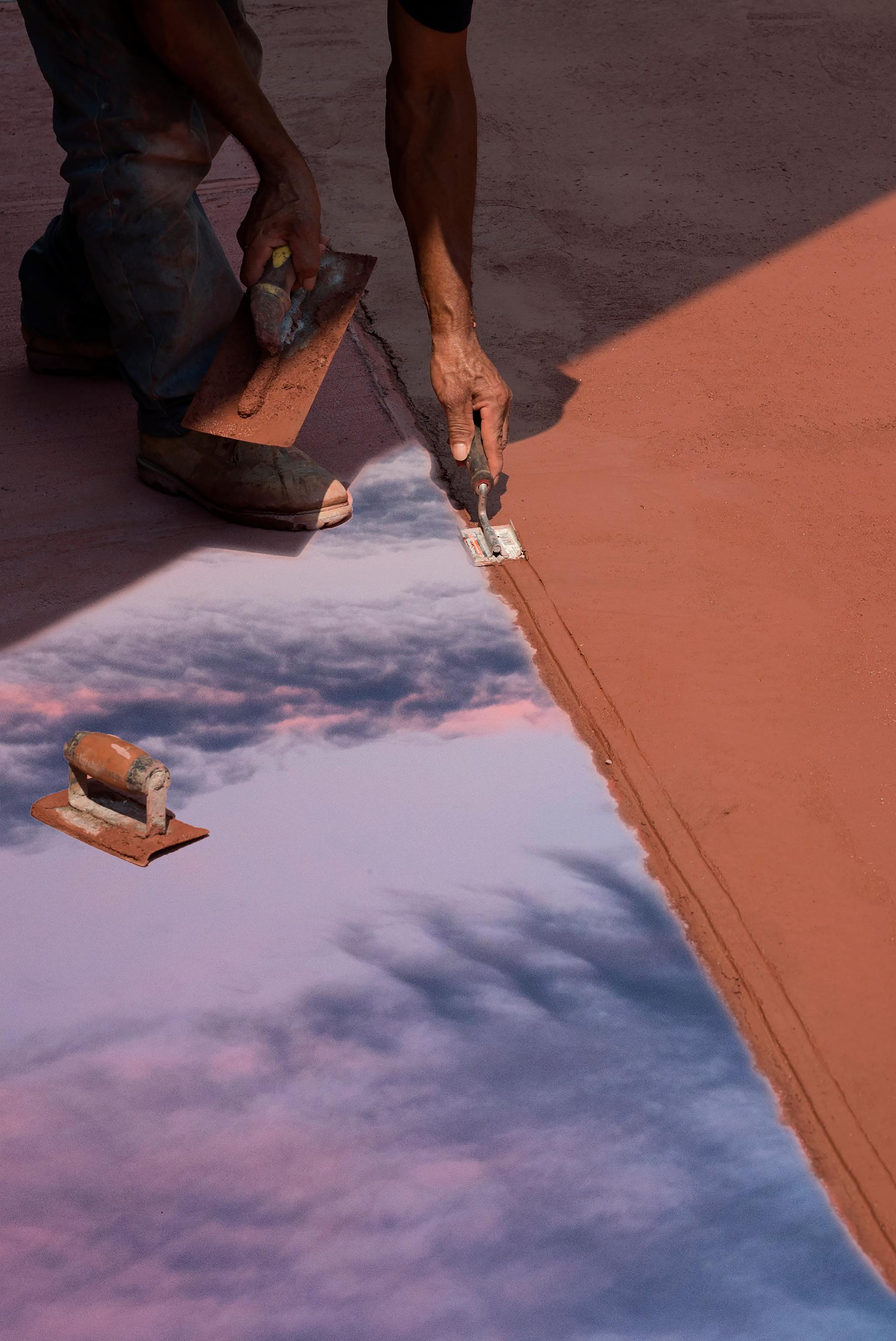
Now I sell prints and do commissions. And I do Instagram — I think I qualify as an “influencer,” which is crazy! I only post my own work on Instagram, so I never thought, “Oh, I need to get more followers.” But after I reached 100,000 followers, people started to email me: “You’re an influencer! Could you come to this event and then post this as a story? Blah blah blah.” That’s often how I get work.
Recommended for you

Money Diaries: Pride Edition
Money Diaries

Roxane Gay on Financial Independence: 'The Most Important Thing a Woman Can Do for Herself'
Money Diaries
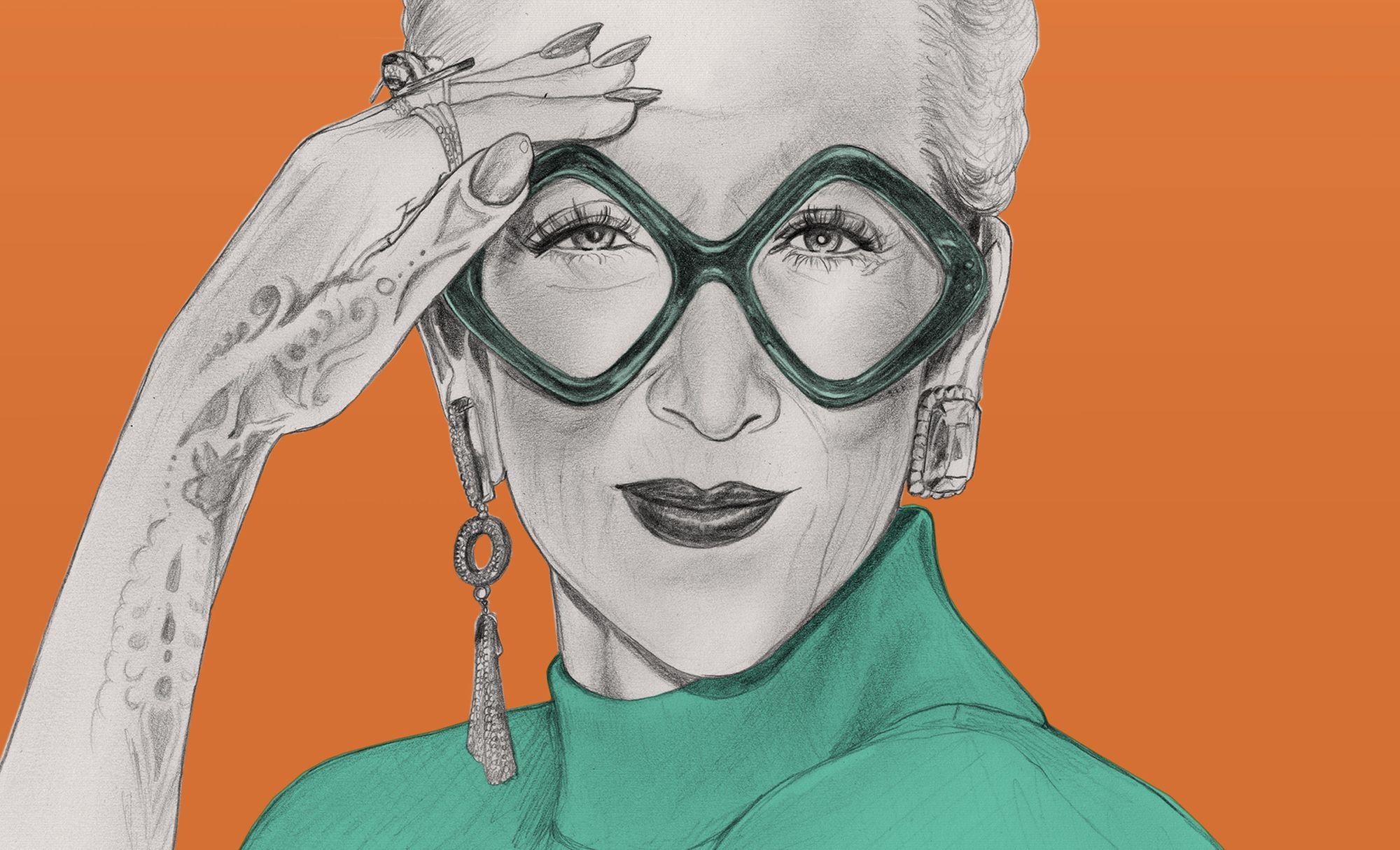
She’s a Toronto Legend, Model, and Style Icon. And She Was Nearly Homeless
Money Diaries
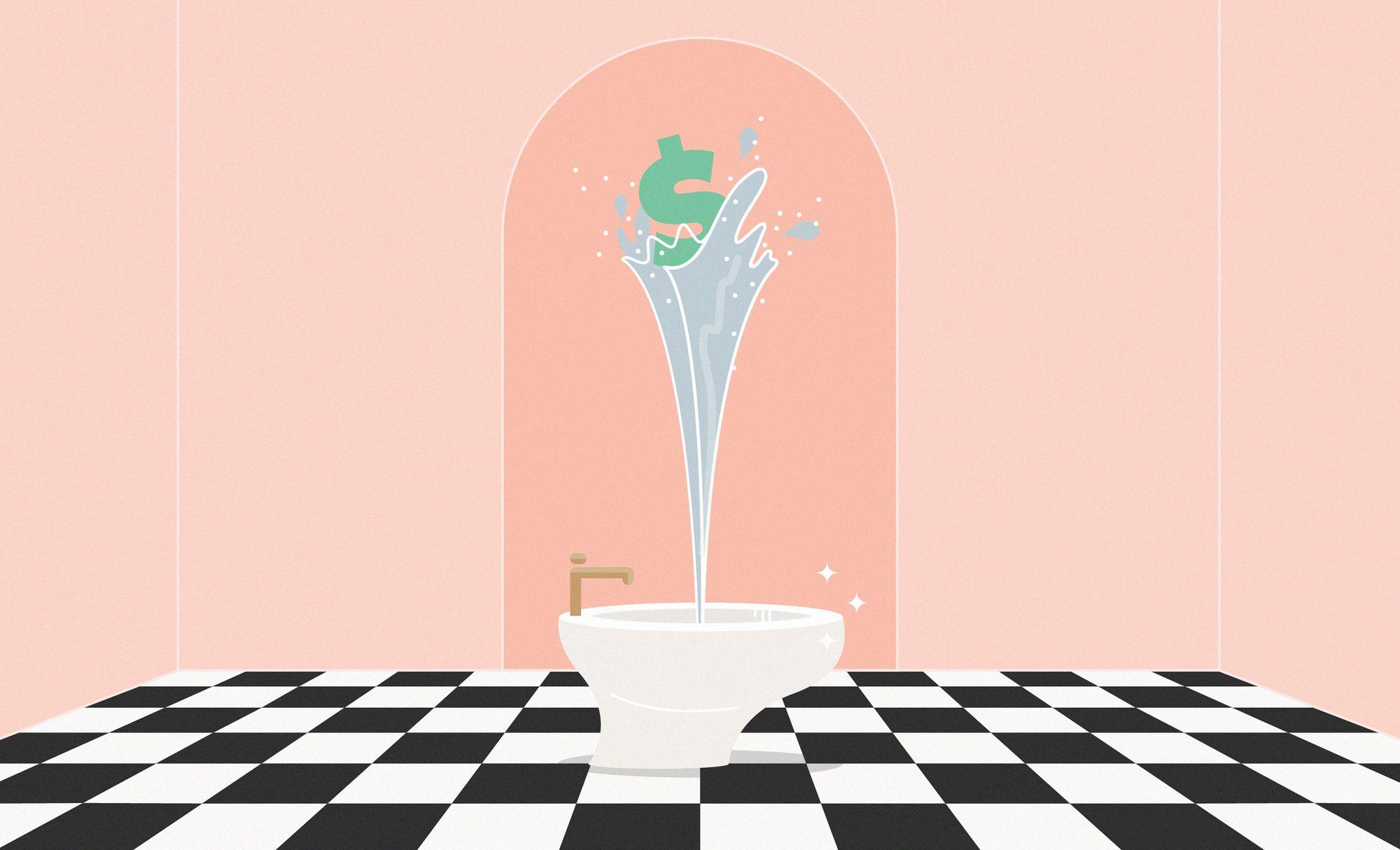
Stories From Our New Economy: Bullish on Bidets Edition
Money Diaries
Being an artist is really unstable, so I don’t know what’s going to happen in the future. My models are established artists who are represented by a gallery and can focus on their work rather than worry about their financial situation. But I know so many people who studied fine art and changed paths because of money, became graphic designers. I try to focus on the present. And I try to save as much as I can, just in case. I think I learned indirectly from my mom to save money. I don’t invest. It’s too scary. And I don’t feel like I have enough money to invest. To me, saving is like investing.
I’m anxious, but I’m also pretty optimistic. I don’t worry about what’s going to happen in ten years. When I moved to New York, we were visiting my mom’s brother — we really liked it, and we decided to stay. The country needed nurses, so my mom passed all the tests, became a nurse, and got a green card. A year later, we found out that our lawyer had messed up: He forgot some of the paperwork and missed a deadline, which ruined our immigration status. Then, under Obama, the government was like, “Why don’t we use nurses who are in the country?” And our visa situation changed.
Fortunately, I was lucky enough to qualify for DACA (Deferred Action for Childhood Arrivals, an American immigration policy). I’m protected. I have a social security number and I’m able to work, so I don’t have to worry about my financial situation unless something changes. But I can’t get health insurance unless it’s through an employer. If I have to go to the hospital, there goes my savings account. And I can’t leave the country. I mean, I can leave, but I can’t come back!
It would be ideal if I didn’t have any visa restrictions or complications. But I’ve gotten something from being in this situation.
It would be ideal if I didn’t have any visa restrictions or complications. But I’ve gotten something from being in this situation. I’ve become more appreciative of the mundane aspects of my daily life. This comes through in my work. I often get inspired by an accident that happens in the process of making a photo, which shows me the path forward. I feel like everything happens for a reason, so I don’t know if I’d want to change anything. There will be no happiness if there’s no suffering!
See KangHee Kim's original photography in Wealthsimple Magazine.
As told to Alexander Provan exclusively for Wealthsimple; transcript edited and condensed for clarity. Photograph by KangHee Kim.
Wealthsimple's education team is made up of writers and financial experts dedicated to making the world of finance easy to understand and not-at-all boring to read.




